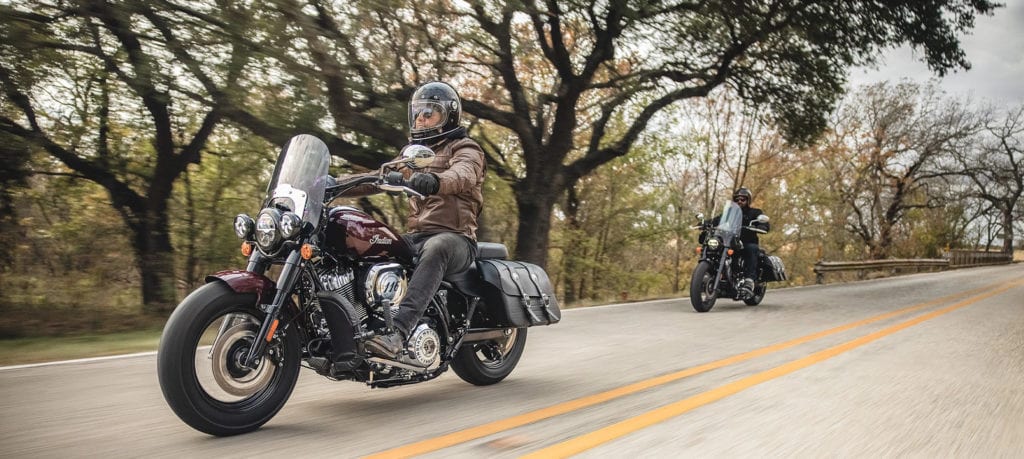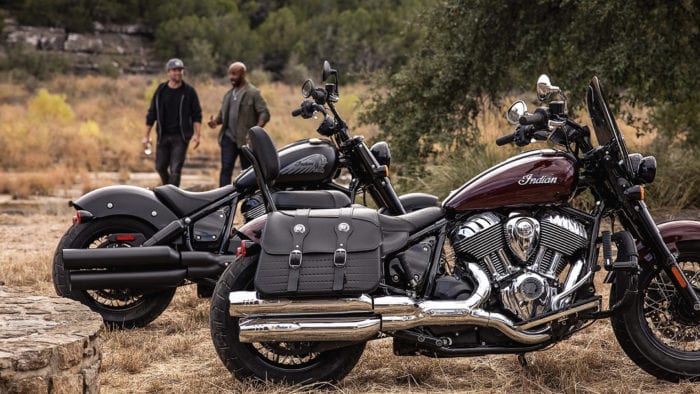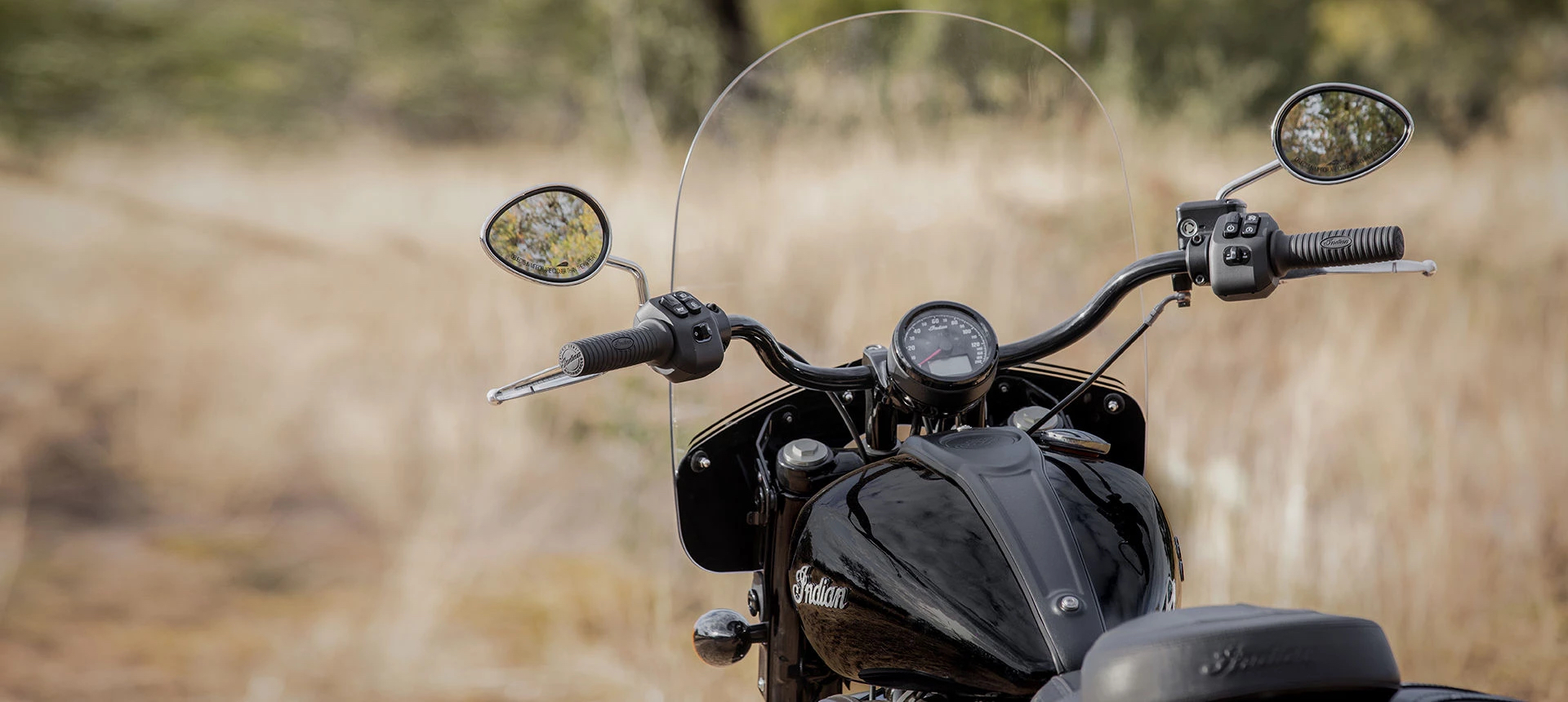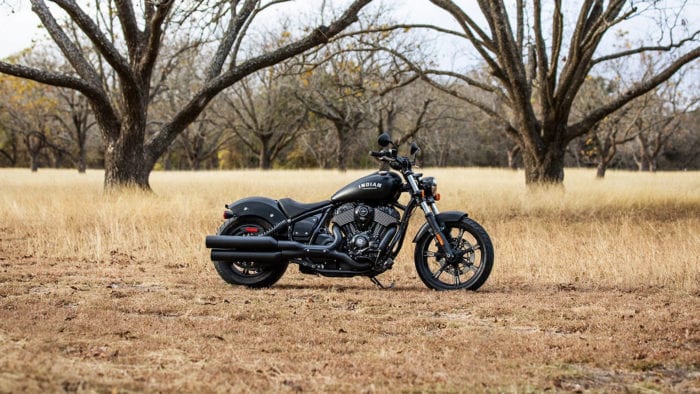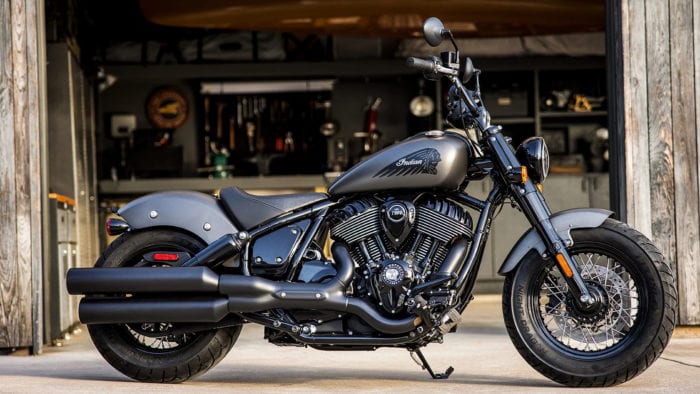Carburetor Model Identification & Specs for American Motorcycles
Carburetor Model Identification & Specs for American Motorcycles
| ————————————————————————————————————————————— This resource is under development, ALL additions and corrections WELCOME, in fact its a MUST!!. —————————————————————————————————————————————– Carbs used on competitor models are shown incase you come across one at a swap meet or auction. You can then compare nozzle, venturi, and hole sizes against the original specs for your Indian carb. This page is not (yet) intended as a rebuild or tuning resource – just serves as an identification and comparison guide. It mainly came about with me having to identify over thirty carbs in my parts pool – hopefully it will help others too. Schebler Carburetors were manufactured in Indianapolis, Indiana, patent applied by the Wheeler-Schebler Company in Oct 1902.Notes: Drill size numbers on two hole idle (Idle2) systems are annotated (fl)=flange (in)=intake, one hole idle (idel1) on the Deluxe models are plug number sizes. Schebler Models G, H, C, AM – Carb ID numbers (ID #) are stamped on the upper body casting. |


List excludes AMX 6 and AMX13 as used on some Indian racing specials.
<Above Left is picture of a rare AMX12 racing carb,, Above Right, a rarer AMX13
For H Series Only: The sNozzle column is the size of number drill used for cleaning spray nozzle, TheaValve column is used for size of leather air valve disc. (see photo of operation for a Model H)
| Schebler Model G | ID # | Size” | Venturi “ | aValve | Idle2 (fl) | Idle2 (in) | sNozzle |
| Make, model,year | Flange Type: 2 point flange and clamp type (Indian) | ||||||
| Harley Davidson 1926-28 Single | GX-1 | 1 | 3/4 | n/a | #71 | #50 | n/a |
| Indian Prince 1926 21″ | GX-2 | 1 | 3/4 | n/a | #71 | #50 | n/a |
| Cleveland 1926 | GX-3 | 1 | 11/16 | n/a | #71 | #50 | n/a |
| Harley Davidson 1926-28 OHV 1cyl | GX-4 | 1 | 1-1 1/16 | n/a | #71 | #50 | n/a |
| Indian Prince 1926 Sport | GX-5 | 1 | 7/8 | n/a | #71 | #50 | n/a |
| Cleveland 1926-27 | GX-6 | 1 | 9/16 | n/a | #71 | #50 | n/a |
| Cleveland 1926 Four 45″ | GX-7 | 1 | 11/16 | n/a | #71 | #50 | n/a |
| Indian Prince 1927 21″ | GX-8 | 1 | 15/16 | n/a | #71 | #50 | n/a |
| Harley Davidson 1927-28 Single | GX-9 | 1 | 11/16 | n/a | #71 | #50 | n/a |
| Indian Prince 1928 21″ | GX-11 | 1 | 7/8 | n/a | #71 | #50 | n/a |
| Schebler Model H | Flange Type: 3 point flange, clamp type, leather airvalve disc For more info http://home.t-online.de/home/pravg/schebler.htm | ||||||
| Indian Twin 5hp 1907-08 Diamond | HX-26 | 3/4 | n/a | 1 | n/a | n/a | ?? |
| Indian Twin 5hp 1909-11, 1915 | HX-76 | 3/4 | n/a | 1 | n/a | n/a | #55 |
| Indian Single 4hp 1912-1915 | HX-84 | 3/4 | n/a | 1 | n/a | n/a | #55 |
| Harley Davidson 1915-17 Single | HX-94 | 1 | n/a | 1 | n/a | n/a | #55 |
| Excelsior 1915-16 Twin | HX-104 | 1 | n/a | 1 3/8 | n/a | n/a | #55 |
| Indian Twin 7hp 1912-1915 | HX-121 | 1 | n/a | 1 1/8 | n/a | n/a | #51 |
| Excelsior 1916-18 BigValve | HX-122 | 1¼ | n/a | 1¼ | n/a | n/a | #53 |
| Reading Standard 1916-24 | HX-125 | 1 | n/a | 1 | n/a | n/a | #53 |
| Henderson J & H 1917-19 Four | HX-130 | 1 | n/a | 1 1/8 | n/a | n/a | #54 |
| Excelsior 1917-19 Twin | HX-138 | 1 | n/a | 1 1/8 | n/a | n/a | #51 |
| Indian PowerPlus 1920-24 72ci BV | HX-147 | 1 | n/a | 1 1/8 | n/a | n/a | #51 |
| Indian PowerPlus 1916-1919 61ci | HX-153 | 1 | n/a | 1 1/8 | n/a | n/a | #51 |
| Harley Davidson 1920-24 Sport 1919 opposed 2cy | HX-156 | 3/4 | n/a | 1 | n/a | n/a | #57 |
| Reading Standard 1917 | HX-158 | ?? | |||||
| Indian Scout 1920-1923 | HX-159 | 3/4 | n/a | 1 | n/a | n/a | #51 |
| Harley Davidson 1915-24 61″ | HX-160 | 1 | n/a | 1 1/8 | n/a | n/a | #55 |
| Excelsior 1917-25 61″ | HX-162 | 1 | n/a | 1 1/8 | n/a | n/a | #51 |
| Reading Standard 1921-24 | HX-164 | 1¼ | n/a | 1¼ | n/a | n/a | #53 |
| Excelsior 1921-25 72″ | HX-167 | 1¼ | n/a | 1¼ | n/a | n/a | #53 |
| ?? | HX-175 | n/a | ?? | n/a | n/a | ?? | |
| Indian Chief 1922-25 61″&74″ | HX-180 | 1¼ | n/a | 1¼ | n/a | n/a | #55 |
| Harley Davidson 1921-25 74 | HX-181 | 1¼ | n/a | 1¼ | n/a | n/a | #50 |
| Indian,P+,Std,Chief 1920-25 61,72,74″ | HX-182 | 1¼ | n/a | 1¼ | n/a | n/a | #51 |
| Ace 1920-25 Four | HX-183 | 1 | n/a | 1 1/8 | n/a | n/a | #51 |
| Indian Prince 1924-1925 | HX-184 | 3/4 | n/a | 1 1/8 | n/a | n/a | #55 |
| Indian Scout 1924-1925 | HX-189 | 1 | n/a | 1 1/8 | n/a | n/a | #55 |
| Indian Scout 1926-? | HX-190 | 3/4 | n/a | 1 | n/a | n/a | #55 |
Schebler Deluxe Models A, B, (C with and without air horn) Carb ID numbers are stamped on body casting
Notes: The style of carb connection for the following carbs are all 3 point flange.
Most of these have 1/4″ gas nipples, some are 3/16. Throttle discs are numbered for idle chamfer degree,
be aware of this if swapping discs between carbs.
| Schebler Deluxe Make,model,year | ID # | Size “ | Venturi “ | Idle1 | Idle2 (fl) | Idle2 (in) | Air Bleed | Equiv |
| Excelsior 1912-25 74″ 1926, 45″ Sport | DLX-8 | 1¼ | 15/16 (DL-13) | #4 | …. | …. | …. | DLX-27 |
| Reading Standard 1921-1925 72″ | DLX-9 | 1¼ | 15/16 (DL-13) | #4 | …. | …. | #55 | |
| Indian Scout 1920-1926 37″ | DLX-10 | 1 | 3/4 (DL -33) | …. | #55 | #55 | #52 | DLX-50 |
| Indian PowerPlus 1916-1919 61″ | DLX-11 | 1 | 7/8 (DL-15) | …. | #65 | #50 | #55 | |
| Harley Davidson 1915-24 61″ | DLX-12 | 1 | 7/8 (DL-15) | …. | #71 | #50 | #55 | |
| Excelsior 1917-25 61″ 1926-27 45″ | DLX-13 | 1 | 7/8 (DL-15) | …. | #71 | #55 | #52 | DLX-27 |
| Ace 1920-25 Four ’26? | DLX-16 | 1 | 3/4 (DL-33) | #71 | #55 | #55 | DLX-52 | |
| Harley Davidson 1921-24 74″ | DLX-20 | 1¼ | 15/16 (DL-13) | #5 | …. | …. | #55 | |
| Indian Pplus/Chief 1920-24 72″ PPlus 1922-26 74″ Chief | DLX-21 | 1¼ | 15/16 | #5 | …. | …. | #55 | DLX-14 |
| Harley Davidson 1924-26 74″Racing | DLX-23 | 1¼ | 1 1/16 (DL-29A) | #5 | …. | …. | #55 | |
| Indian Daytona Racing | DLX-24 | 1¼ | 1 1/16 (DL-29A) | #5 | …. | …. | #55 | |
| Ace 1926 Four | DLX-25 | 1 | 3/4 (DL-33) | …. | #71 | #50 | #55 | DLX-52 |
| Indian Chief 1920-1925 61″ | DLX-26 | 1¼ | 7/8 (DL-15) | #5 | …. | …. | #55 | DLX-4 |
| Excelsior 1925-28 45″ | DLX-27 | 1 | 13/16 (DL-13) | …. | #71 | #55 | #52 | |
| Indian Big Chief 1927-29 74″ | DLX-36 | 1¼ | 15/16 (DL-13) | …. | #55 | #55 | …. | DLX-37 |
| Harley Davidson 1927 74″ | DLX-38 | 1¼ | 7/8 (DL-14) | …. | #65 | #50 | …. | |
| Indian Scout 1927 45″ | DLX-40 | 1 | 13/16 (DL-40) | …. | #55 | #50 | #52 | DLX-50 |
| Excelsior 1925-28 45″ Sport | DLX-41 | 1¼ | 15/16 (DL-13) | …. | #65 | #50 | …. | |
| Harley Davidson 1928 74″ | DLX-45 | 1¼ | 7/8 (DL-14) | …. | #65 | #50 | …. | |
| Harley Davidson 1928 74″ Police | DLX-48 | 1¼ | 1 1/16 (DL-29) | …. | #65 | #50 | …. | |
| Indian Scout 1928 37″ Scout 1928 37″ 101 | DLX-50 | 1 | 13/16 (DL-40) | …. | #55 | #55 | #52 | DLX-63 |
| Indian 101 Scout 1928 45″ | DLX-51 | 1 | 3/4 (DL-33) | …. | #55 | #50 | #52 | DLX-64 |
| Indian Ace 1928 Four | DLX-52 | 1 | 3/4 (DL-33) | …. | #71 | #55 | #55 | |
| Harley Davidson 1928 74″ Racing | DLX-53 | 1¼ | 1 1/16 (DL-29A) | …. | #65 | #50 | …. | |
| Cleveland 1928 Four 61″ | DLX-54 | 1 | 3/4 (DL-33) | …. | #71 | #58 | #55 | |
| Indian 101 Scout 1929-30 37″ 101 | DLX-63 | 1 | 13/16 (DL-40) | …. | #55 | #55 | #52 | DLX-50 |
| Indian 101 Scout 1929-30 45″ 101 | DLX-64 | 1 | 3/4 (DL-33) | …. | #55 | #55 | #52 | DLX-51 |
| Indian Four 1929 Four | DLX-65 | 1 | 3/4 (DL-33) | …. | ||||
| Indian Four 1930-32 Four | DLX-77 | 1 | 3/4 | |||||
| Indian Scout Pony 1932 30.50″ | DLX-78 | 1 | 3/4 | …. | DLX-78A? | |||
| Indian Scout, 101 1931-34 45″ | DLX-79 | 1 | 7/8 | |||||
| Indian Chief 1930-32 74″ | DLX-81 | 1¼ | 15/16 | |||||
| Harley Davidson? | DLX-88 | …. | ?? | |||||
| Indian Four 1932-34 Four | DLX-97 | 1 | 15/16 | …. | ?? | |||
| Indian Scout Pony 1933-35 30.50″ | DLX-98 | 1 | 3/4 | …. | ?? | |||
| Indian Std Scout 1933-34 45″ | DLX-99 | 1? | 15/16 | …. | ?? | |||
| Indian Chief 1933-34 74″ | DLX-100 | 1¼ | 15/16 | …. | ?? | |||
| Indian MotoPlane 1933 45″ | DLX-102 | 1¼ | 3/4? | …. | ?? | |||
| Indian Std/SScout 1934-37 45″,DT | DLX-107 | 1¼ | 7/8 | …. | ?? | |||
| Indian Chief 1935-39 74″ | DLX-108 | 1¼ | 15/16 | …. | ?? | |||
| Indian Scout/Chief 1935-39 ‘Y’ S/Scout 1939 74″ | DLX-110 | 1¼ | 3/4? | …. | ?? | |||
| Indian Four 1935 Four | DLX-111 | 1¼ | 7/8? | …. | ?? | |||
| Indian Scout Pony 1936-39 30.50″Jr. | DLX-112 | 1 | 3/4 | …. | ?? | |||
| Indian Four 1938-39 Four | DLX-113 | 1¼ | 7/8 | …. | ?? | |||
| Indian ThirtyFifty 1940 30.50″ | DLX-122 | 1 | 3/4 | …. | ?? | |||
| Indian Four 1940 Four | DLX-124 | 1¼ | 15/16? | …. | ?? | |||
| Indian S/Scout 1940 +Bonneville | DLX-128 | 1¼ | 7/8 | …. | ?? | |||
| Indian Chief 1940 74″ | DLX-130 | 1¼ | 15/16 | …. | ?? |
Linkert 3 Bolt Pattern Only
Check Victory Library for more Linkert documentation.
Quick ID, All 1940 carbs bear the inscription “Langsenkamp-Linkert Carburetor Co….” 1941 and later bear the inscription “L & L Manufacturing Co…”
You will note some correlation between model numbers and years in the numbering sequence. (see our serial database decoding table)
| Linkert Make, Model, Years | ID # | Size “ | Venturi, “ |
| Indian Chief Seventy Four 1941-1944 (M341-M344) 1946-1948 (M346-M348) | M341,M342, M343 M344, M346, M347 M348 | 1¼” | 1-1/16″ or 1-1/8″ |
| Indian Fours 1941-1942 (M441-M442) | M441, M442 | 1¼” | 1-1/16″ |
| Indian Junior Scouts ‘Thirty Fifty’ 1941-1942 | M541, M542 | 1″ | 13/16″ |
| Indian Sports Scouts 45″ Sports Scout 1941-1942 45″ Daytona Big Base 1948 | M641,M642 M648 | 1¼” 1¼” | 1-1/16″ 1-1/8″ |
| Indian Military Scout 741 GDA 30.50″ 1941-1943 | M741 | 1″ | 3/4″ |
| Indian Military 841 HDA 45″ Opposed Twin 1941 (twin carburetors, L & R) | M841L, M841R | 1″ | 13/16″ |
| Indian Chief 80″ 1950-1953 (if not fitted with Amal,Police) | M350, M351, M352 | 1¼” | 1-1/8″ |
| Harley 1937-1941 UL, ULH 1942-1948 UL, ULH 1937-1941 UL, ULH (opt) | M51 M51F M51L | 1¼” 1¼” 1¼” | 1/1/16″ 1⅛” 1⅛” |
| Harley | M21 | 1¼” | |
| Harley 1941-47 Knuckle, 48 Pan | M35T | ||
| Harley 1937-1952 45″ WL WLA WLC | M88 | 1¼” | 15/16 |
| Harley 1936-39 EL Knuckle | M5, M5F | 1¼” | 1/1/16″ |
| Harley 1949-1958 W and Servi-car | M18 | ||
| Harley 1933 VLD, 34-36 V,VL,VLD 1937-39 WL, WLD | M2 | 1/1/16″ | |
L&L Beck Aftermarket Replacement Carbs  These carbs were aftermarket Linkerts remanufactured by Beck. As you can see left, there was a small INDIAN stamped under or above the model number. These carbs were aftermarket Linkerts remanufactured by Beck. As you can see left, there was a small INDIAN stamped under or above the model number. | |||
| 1939-1942 Chiefs | M6 | 1¼” | |
| 1931-1938 Chiefs | M6A | 1¼” | |
| 1931-1938 Chiefs (Bonne) | M6B | 1¼” | |
| 1939-1942 Chiefs (Bonne) | M6BA | 1¼” | |
| 1943-1947 Chiefs | M6AP (strainer) | 1¼” | |
| Harley 1930-1936 | M6VL | 1¼” | |
| 1934-1938 Sport Scouts | M6S | 1¼” | |
| 1934-1938 Sport Scouts | M6SA | 1¼” | |
| 1932-1943 30.40 Jr.Scouts, All | M7 , M7SA? | 1 | |
| Indian Fours, All? | M8 | 1 |
Tillotson
The Tillotson Mfg Co. Toledo Ohio.
<Left MS-34A
| Tillotson | ID # | |||
| Indian Scout 1929-30 37″ 101 1933 Scout Pony | MS-33A | ? | ? | ? |
| Indian Scout 1929-30 45″ 101 | MS-34A | ? | ? | ? |
Amal
British designed and built Type 6 (early) Amal Carburetors where used on some Chiefs ’52-53 (Police excluded),
Vertical Scouts and Warriors from 1949 to 51 (I think!). Note the 3 bolt linkert manifold to 2 bolt amal adaptor.
From the late 40’s through the early 70’s and beyond most all British, American, and European carburetors have been of similar types. Whether its an early Amal Type 6, or a Linkert, or a late Amal concentric, they all function basically the same. The major difference between American carburetors and those on British and European bikes, is that for the most part American carburetors have used a butterfly valve rather than a slide/needle to meter the air/fuel above idle.
| Amal – Type 6, Model 29 | ID # |
| Indian Arrow 1949-1950 Models 149,150 | Amal 27?XX |
| Indian Scout 1949 Models 249, 250 | Amal 275XX |
| Indian Warrior /Warrior TT 1950- 1951 Model ? | Amal 276ES |
| Indian Chief 1952-1953 Models 352 & 353 | Amal 289R |
 |
Zenith
At this time I have very little knowledge on the Zeniths. I believe they were used on some 36/37 fours, i.e.. the upside down fours, particularly the sports four (dual carb). please contribute if you can.
Hedstrom <under development>This is a variation (perhaps racing?) of the Hedstrom Hendee carbs as used in the early Indians




Revision History
| 25/02/06 | added photos on AMX12, Tillotson MS34A, Marvel and Beck carbs |
| 25/09/04 | minor corrections to Std Scout and ‘Y’ Scout (Schebler Deluxe) |
| 24/07/03 | Added more M series Harley carbs (3 bolt only), plus the Beck L&L aftermarket replacement |
| 26/01/03 | More work on the Amal Carburetor |
| 06/17/02 | Finally got around to doing something on Linkerts, thanks to Victory Library for their help |
| 10/24/01 | Added Zenith info (for what its worth! |
| 07/02/01 | Draft release, Schebler carbs completed, do you have more data to offer? |
| 07/10/01 | changes to the 101 scout’s, also added Tillotsons, thanks to Erv Moller. |
(99.56.43.103)

















